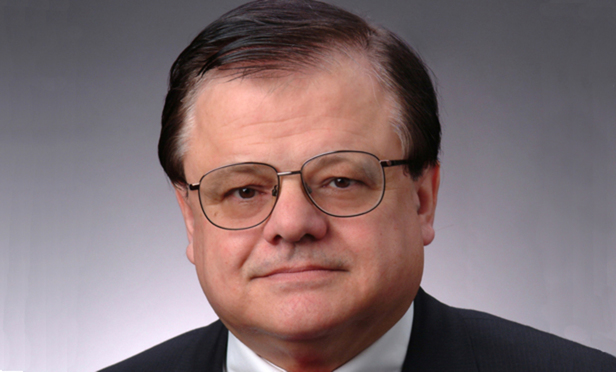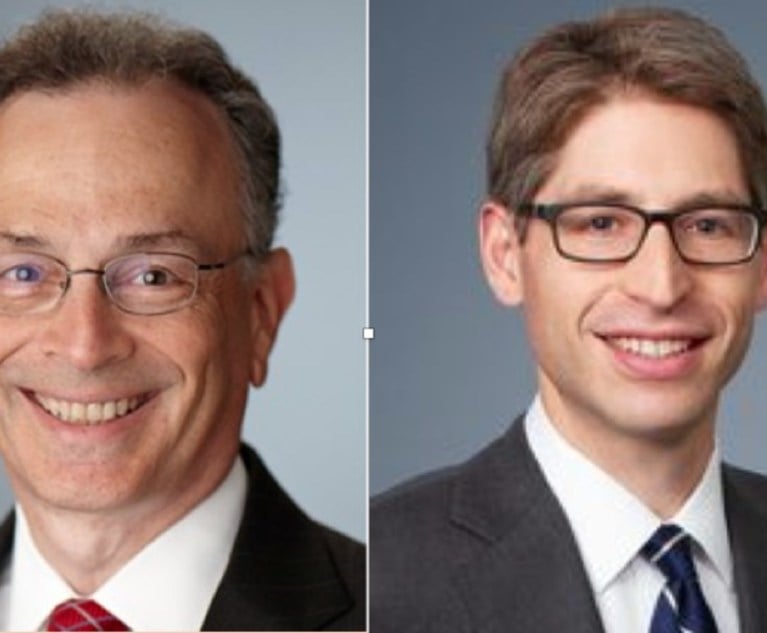 Michael J. Hutter
Michael J. Hutter
In a dramatic departure from the traditional rule that expert opinion testimony must be based on facts either personally known to the expert or admitted in evidence, the Court of Appeals in People v. Sugden, 35 N.Y.2d 453, 460 (1974), declared that an expert “may rely on material, albeit of out-of-court origin, if it is of a kind accepted in the profession as reliable in forming a professional opinion.” By allowing an expert to use reliable material not admitted into evidence, irrespective of whether it constitutes inadmissible hearsay, as a basis for the expert’s opinion, the court was recognizing that an expert should be able to work in the courtroom in much the same way he or she do in their professional lives. With this recognition, the court was clearly seeking to maximize the information experts may rely upon in formulating their opinions, thereby better assisting juries in their fact-finding.






